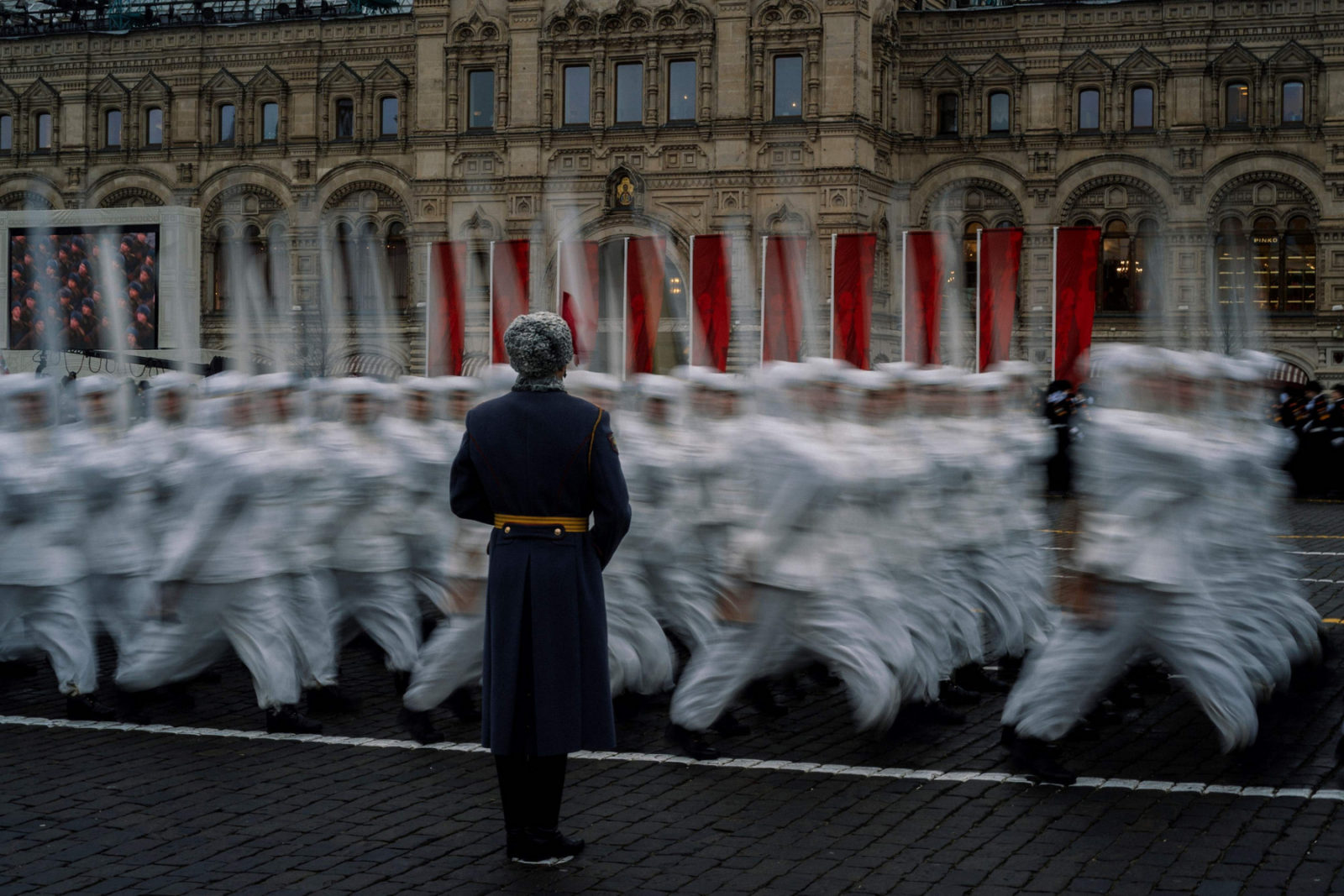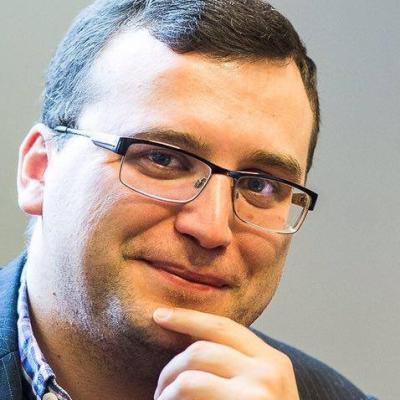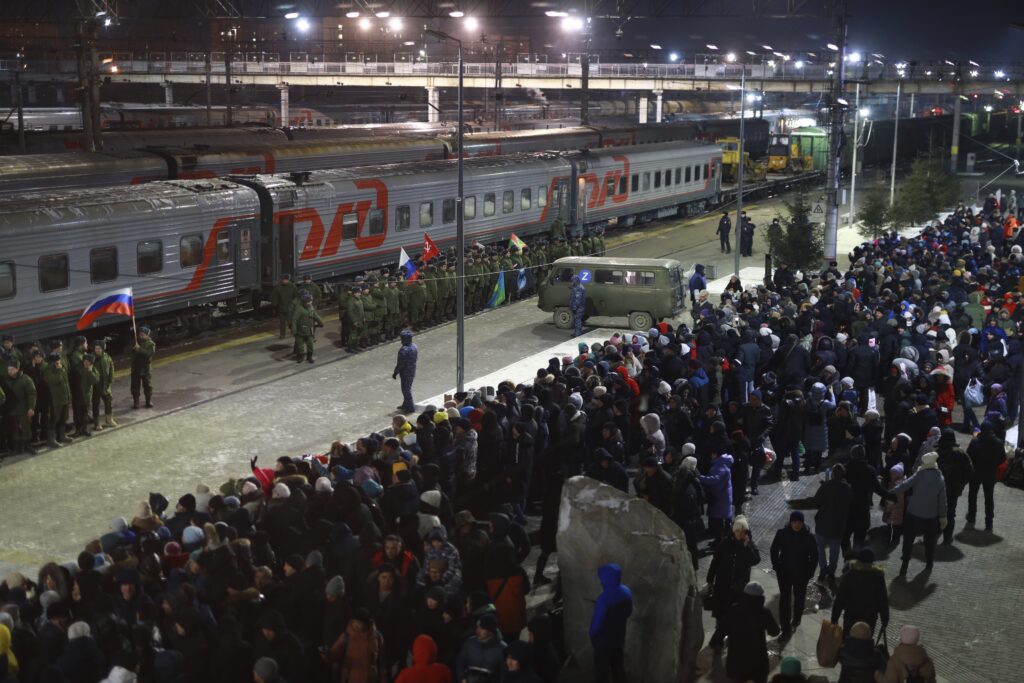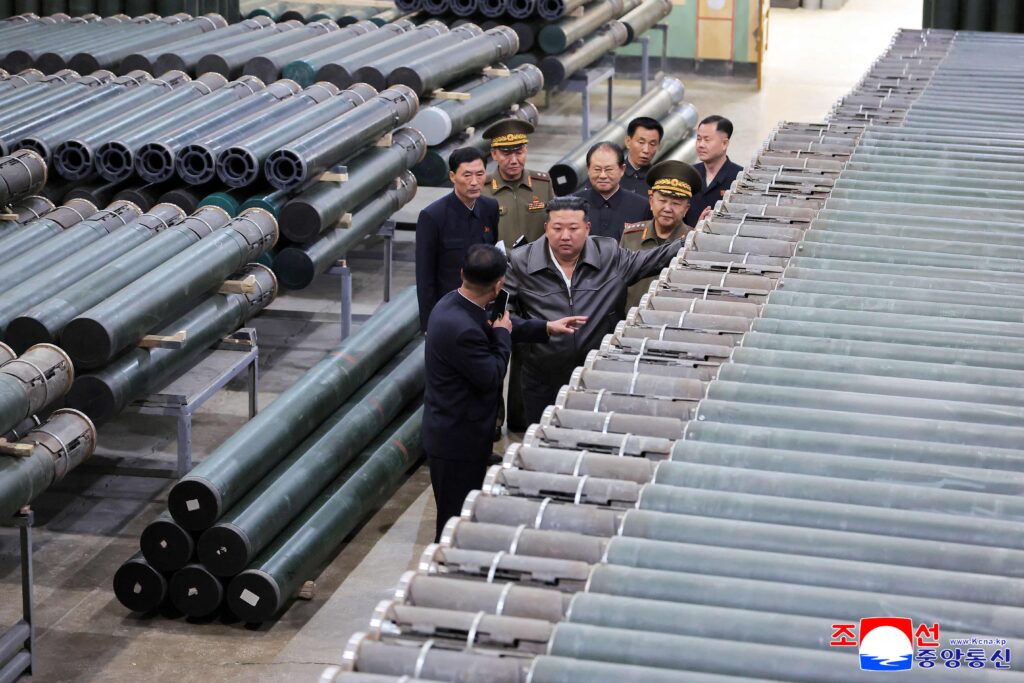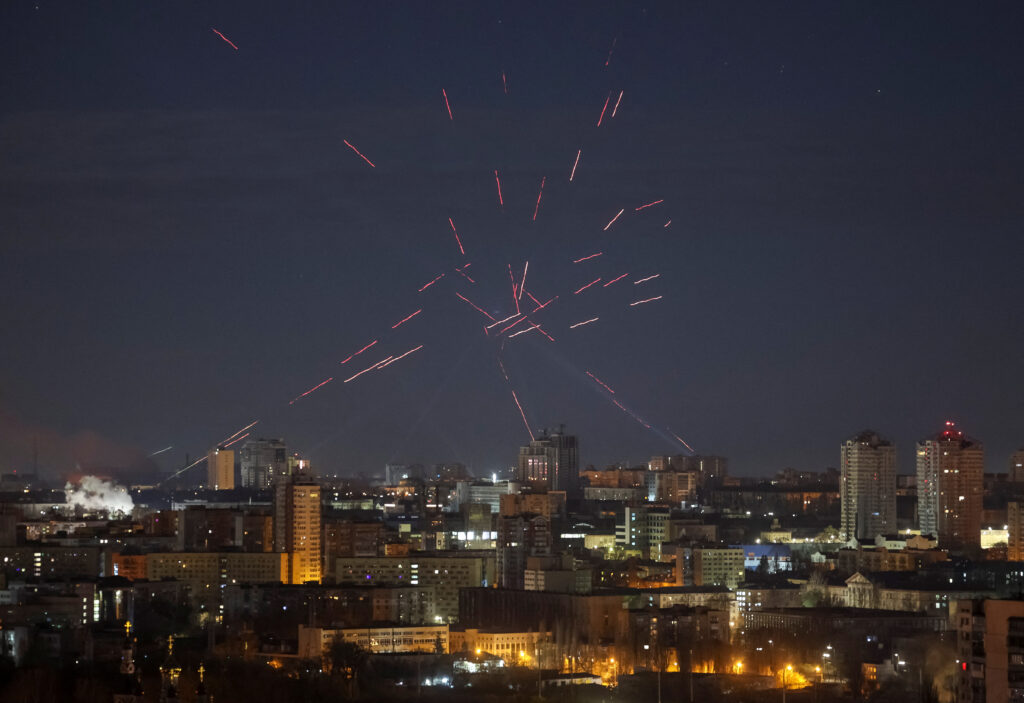Recently two highly publicised tragedies have taken place in the Russian armed forces: a conscript soldier from the unit responsible for nuclear weapons shot six soldiers and two officers in the Trans-Baikal Territory, while another soldier was found hanged in the office of the unit’s commander in the Kozel division of the Russian Strategic Missile Forces (officially: committed suicide). These events served as a reminder of the organisational and moral disaster which led to the army’s deplorable condition for two decades from the late 1980s to the late 2000s.
It would seem that after the reform conducted by the then Defence Minister Anatoly Serdyukov in 2009–2012, the army was restored to relative order and Russia received troops capable of participating fairly effectively in modern conflicts. As a crucial part of these efforts, without which an overall positive outcome would not have been possible, a campaign was organised to humanise military service by reducing the duration of conscription and improving soldiers’ welfare, as well as combating barbaric violence in the military as a result of hazing.
However, since mass shootings and strange suicides have become possible again, even in nuclear units, they can be viewed as a symptom of the overall condition of the military. Moreover, in the context of the endless bravado demonstrated by the current Defence Minister Sergei Shoigu, who only announces his successes, a critical reflection on the current state of affairs in the Russian army has become necessary.
The problem with manning the troops
One of the fundamental contradictions within the Russian armed forces, which was not resolved with the military reform, is the discrepancy between quality and quantity. For the Kremlin, it is politically important to maintain the formal figure at the level of one million people in the army. That statistic helps it position itself in foreign policy as a great military power, and the Russian authorities fear having a compact army. Clearly, no armed forces in the world can have 100% of personnel: the normal level is 90% for deployed units. However, nothing certain is known about the staffing levels in the Russian armed forces. It can be estimated at under 75%.
In recent years, the Russian authorities have been recruiting approximately 240,000 people for military service for a period of 12 months. Another 393,000 people are officially contracted to serve as soldiers and sergeants. However, the real number of volunteer recruits is probably much lower: 260–300 thousand. The thing is, some conscripts are recruited as contract soldiers before the end of their mandatory service; conscripts with tertiary and secondary vocational education can initially choose between 12 months of fixed-term service and a 24-month contract-based service. In other words, double counting is likely when one person gets into the annual statistics both as a conscript and as a volunteer recruit. Further, more than 61,000 university students getting parallel education at military training centres also appear to be included in the statistics of volunteer recruits.
This problem is aggravated by the high turnover among the volunteer recruits themselves. For example, the Navy grapples with the task of bringing the new large landing ship ‘Ivan Gren’ into a state of combat readiness; its crew has been almost completely renewed since the raising of the flag and sailors have to be trained anew. It turns out that regular salary increases for volunteer recruits do not make military service attractive enough. The most likely underlying reason is the pervasive disrespect for the serviceman that permeates the Russian army. As a consequence, bullying remains the norm.
As for warrant officers, the need for them is at the level of 50 thousand people. In the course of the 2009–2012 reform, the institution of warrant officers in the Russian army was liquidated; but in 2013 it was restored again. However, this need is far from satisfied — otherwise, the aforementioned Strategic Missile Forces would be training warrant officers from among those who had no previous military experience as soldiers or sergeants. However, some of these warrant officers serve only as drivers of the Topol-M and Yars mobile ground missile systems. This example shows that the presence of warrant officers offsets the constant rotation of soldiers and sergeants, conscripts and volunteer recruits, who tend to leave the army just after barely learning how to steer the equipment, and sometimes even without those skills.
The officer corps, reduced to about 150,000 people in the course of the reform, seems to have retained that number despite official statements that the number of officers reached 200,000 back in 2015. This conclusion can be drawn by analysing the open-access data on the graduates of all 26 military universities: in recent years, the army recruited an average of 7,500 young lieutenants annually. Since the duration of training was shortened, this figure has probably exceeded 9,000 in 2019. It is important to understand that the majority of Russian officers serve 20 years in the military, and each batch of newly graduating lieutenants takes this rotation into account. However, even with this number and the increased salaries in the Russian army there is still a shortage of officers, as well as the shortage of soldiers and sergeants among volunteer recruits, as described above. Otherwise, Moscow would not be experimenting with short-term lieutenant courses for volunteer recruits and would not impose a ban on dismissing young lieutenants.
Hence, the total population of the Russian Armed Forces does not exceed 740,000 people. As a consequence, the leaders of the Defence Ministry are going to great lengths to try and raise the actual figure to a politically acceptable level and to retain those who are already in the army. Today, quantity is once again taking precedence over quality, especially at the grass-roots level, with formal indicators of the staffing of military units being much more important than their real morale. Against the backdrop of the growing secrecy in the army and protection against any external control, this creates a conducive environment for bullying that periodically erupts into violence.
The problem of relations in the army
The main role of the 2009–2012 military reform was to create an army that was ready for modern wars while not posing a political threat to the Kremlin.
On the one hand, numerous exercises and increased combat training time, coupled with partial rearmament (to the extent permitted by the inefficient Russian military industry), have increased the combat effectiveness of the troops. On the other hand, the problem of the Kremlin’s trust in this army has only worsened. This is exactly why the Ministry of Defence has been practicing strict bureaucratic methods of military management, killing any signs of proactivity. For example, the Ministry has begun to take the servicemen to courts in order to recover the cost of military equipment damaged in the course of operation. In addition, General Military-Political Directorate was re-established to enhance the loyalty of personnel.
However, what is perhaps the most important thing that the Russian authorities are doing in this sphere is the depersonalisation of the army. Secret awards and secret funerals have become a standard thing: military campaigns in Ukraine and Syria have no public heroes. Outstanding commanders could be transferred to other types of troops, as was the case with Colonel General of land forces Sergei Surovikin, who commanded the operation in Syria, and then headed the Russian Aerospace Forces in 2017.
All this is coupled with selective repressive measures under the pretext of fighting corruption. Perhaps the most striking example is the case of military signalmen, where charges were brought even against Colonel General Khalil Arslanov, Deputy Chief of General Staff, his subordinates and the former management of the ‘Voentelekom’ company, controlled by the Defence Ministry. Chinese communication equipment was supplied to the army under the guise of Russian technology since Russian companies are unable to effectively produce all the necessary types of such equipment, and it is prohibited to purchase foreign systems. At present, the money spent on such equipment is considered to have been stolen. This absurd situation becomes logical only if we look at it as a demonstration, intended to reinforce the obedience of military officers and to prevent them from becoming independent in any significant aspect of the daily life of the armed forces.
Such distrust on the part of the political leaders inevitably poisons the psychological atmosphere in the army. Each officer has a dual role: he must both perform his official and combat tasks but also be a military bureaucrat, busy preparing optimistic reports for superiors. Any officer who is under constant stress is likely to ‘cook the books’ in order to elevate the possible legal liability for the discrepancy between reality and the requirements of the political and military leaders who do not trust their officers in principle. This situation also perpetuates bullying as a standard in the military circles: good indicators for the leaders are worth it. However, aggression against fellow servicemen remains the norm, too.
It turns out that following the improvement of the living conditions, humanisation of the armed forces should be applied to the very foundations of human relations in the Armed Forces to enhance respect for the individual, and trust at all levels. The rules of recruitment for military service and the training of officers and junior commanders should also be modified, something that was not implemented in 2009–2012 despite some attempts. The problem is that such moves are hardly possible under the current political system in Russia.
